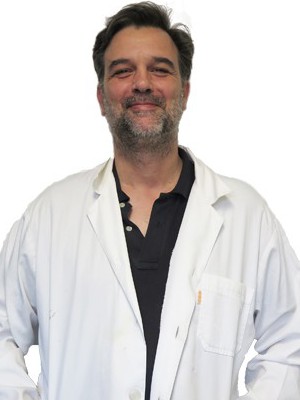abstract
Partition behavior of nine small organic compounds and six proteins was examined in poly(ethylene glycol)-8000-sodium sulfate aqueous two-phase systems containing 0.5 M osmolyte (sorbitol, sucrose, trehalose, TMAO) and poly(ethylene glycol)-10000-sodium sulfate system, all in 0.01 M sodium phosphate buffer, pH 6.8. The differences between the solvent properties of the coexisting phases (solvent dipolarity/polarizability, hydrogen bond donor acidity, and hydrogen bond acceptor basicity) were characterized with solvatochromic dyes using the solvatochromic comparison method. Differences between the electrostatic properties of the phases were determined by analysis of partitioning of sodium salts of dinitrophenylated (DNP-) amino acids with aliphatic alkyl side-chain. It was found out that the partition coefficient of all compounds examined (including proteins) may be described in terms of solute solvent interactions. The results obtained in the study show that solute solvent interactions of nonionic organic compounds and proteins in polyethylene glycol-sodium sulfate aqueous two-phase system differ from those in polyethylene glycol-dextran system. (C) 2015 Elsevier B.V. All rights reserved.
keywords
WATER INTERACTIONS; BIPHASIC SYSTEMS; PLASMID DNA; EXTRACTION; ENVIRONMENTS; OSMOLYTES; OPTIMIZATION; TECHNOLOGY; SEPARATION; RESPONSES
subject category
Biochemistry & Molecular Biology; Chemistry
authors
da Silva, NR; Ferreira, LA; Madeira, PP; Teixeira, JA; Uversky, VN; Zaslavsky, BY
our authors
acknowledgements
Nuno da Silva acknowledges the financial support by Fundacao para a Ciencia e a Tecnologia (FCT) of the Portuguese's Ministry for Science, Technology and Higher Education, in the framework of the Operational Program COMPETE (PTDC/EQU-FTT/120332/2010).; Pedro P. Madeira acknowledges the financial support in part provided by (i) FCT/MEC, FEDER under Program PT2020 (Project UID/EQU/50020/2013) and (ii) QREN, ON2 and FEDER, under Program COMPETE (Project NORTE-07-0124-FEDER-0000011).; Jose A. Teixeira and Nuno da Silva appreciate the Fundacao para a Ciencia e Tecnologia for the strategic funding of UID/BIO/04469/2013 unit and financial support by the Portuguese Foundation for Science and Technology (FCT) under the scope of the Project RECI/BBB-EBI/0179/2012 (FCOMP-01-0124-FEDER-027462).


